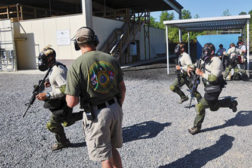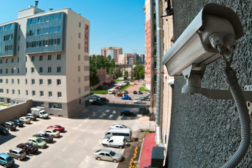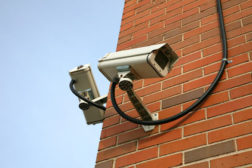Home » perimeter security
Articles Tagged with ''perimeter security''
Security News -- Port Security
Man Allegedly Breaches Port Newark Security, Boards Ship
August 30, 2012
Security News -- Airport Security
'Unsecured' Gate Causes Another Security Lapse at JFK
August 17, 2012
Security News -- Airport Security
Stranded Jet-Skier Breaches Security at JFK Airport
August 13, 2012
Security News -- Access Control
New $6.2 Million Security Gate Under Construction at Shipyard
August 7, 2012
Security News -- Perimeter Security
Guards Replaced Following Tennessee Nuclear Security Breach
August 7, 2012
Security News -- Airport Security
Airport Perimeter Security Scrutinized After Utah Breach
July 18, 2012
Sign-up to receive top management & result-driven techniques in the industry.
Join over 20,000+ industry leaders who receive our premium content.
SIGN UP TODAY!Copyright ©2024. All Rights Reserved BNP Media.
Design, CMS, Hosting & Web Development :: ePublishing






